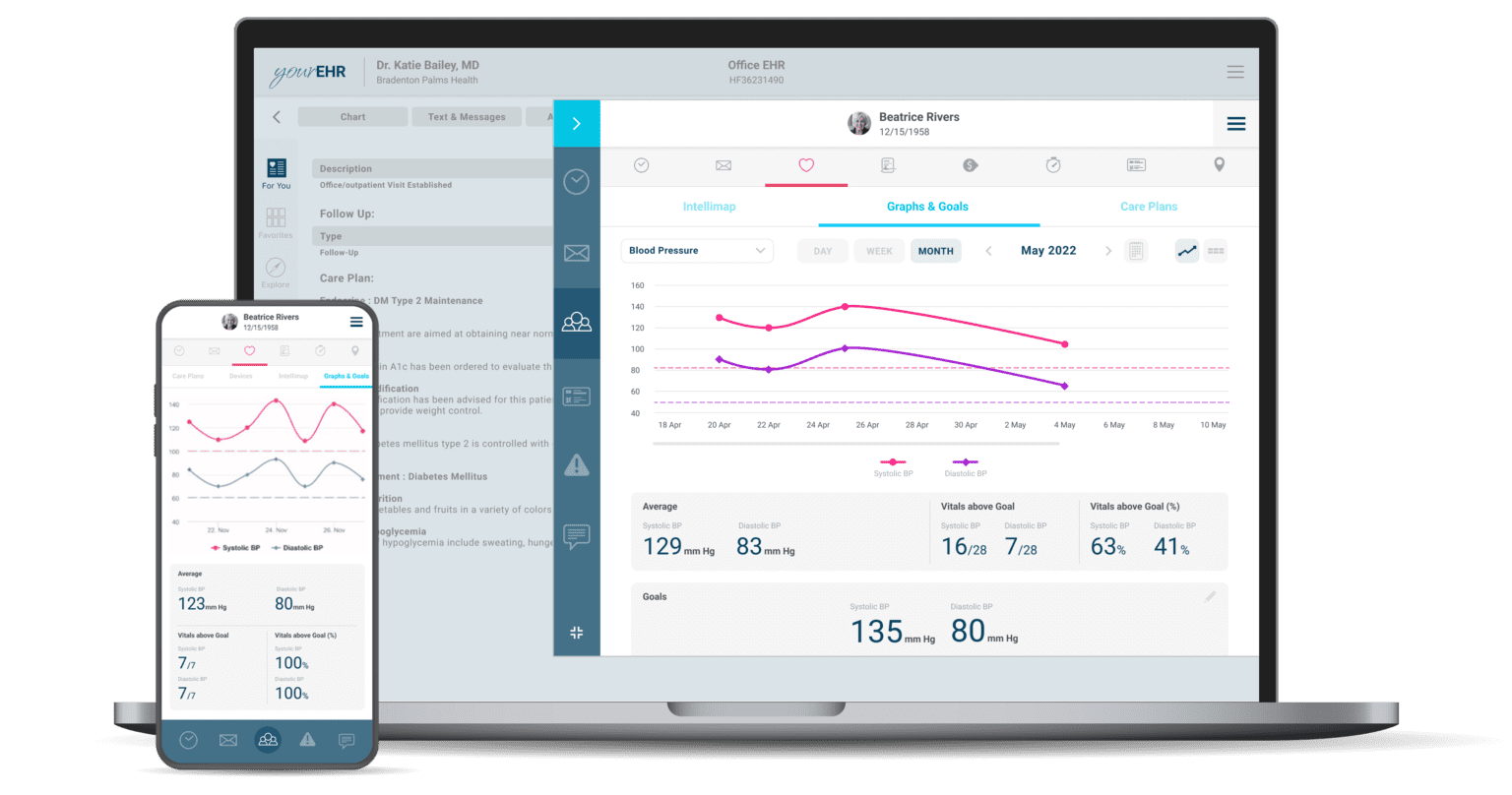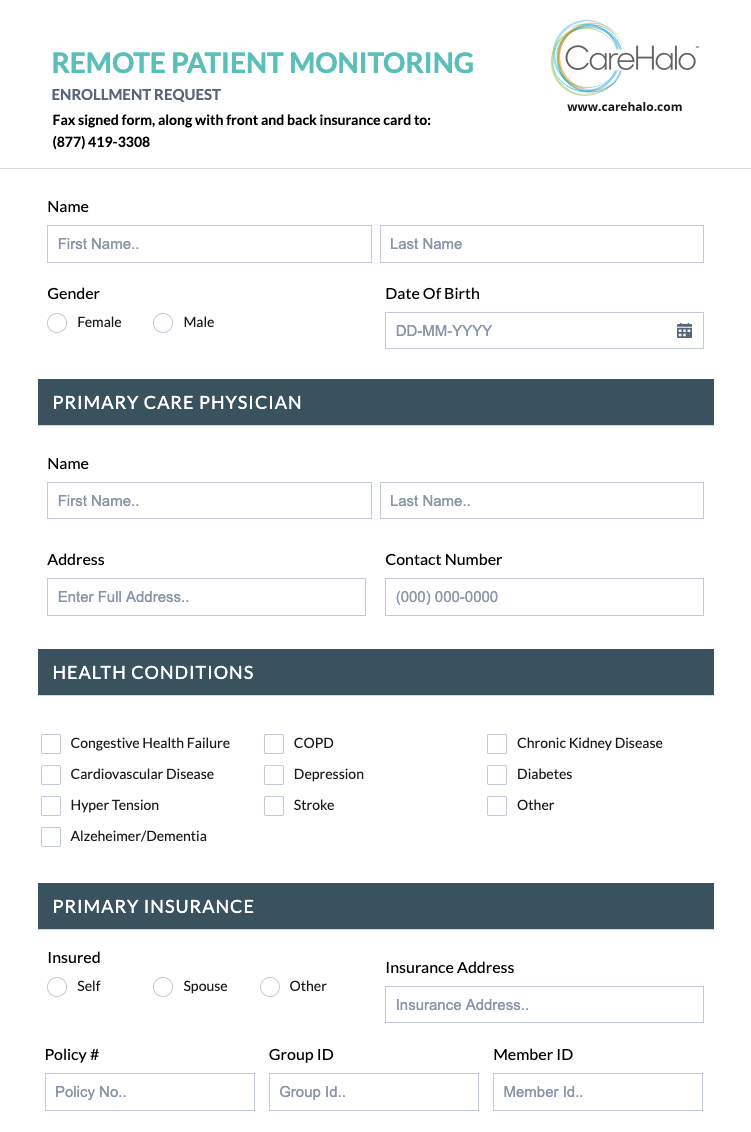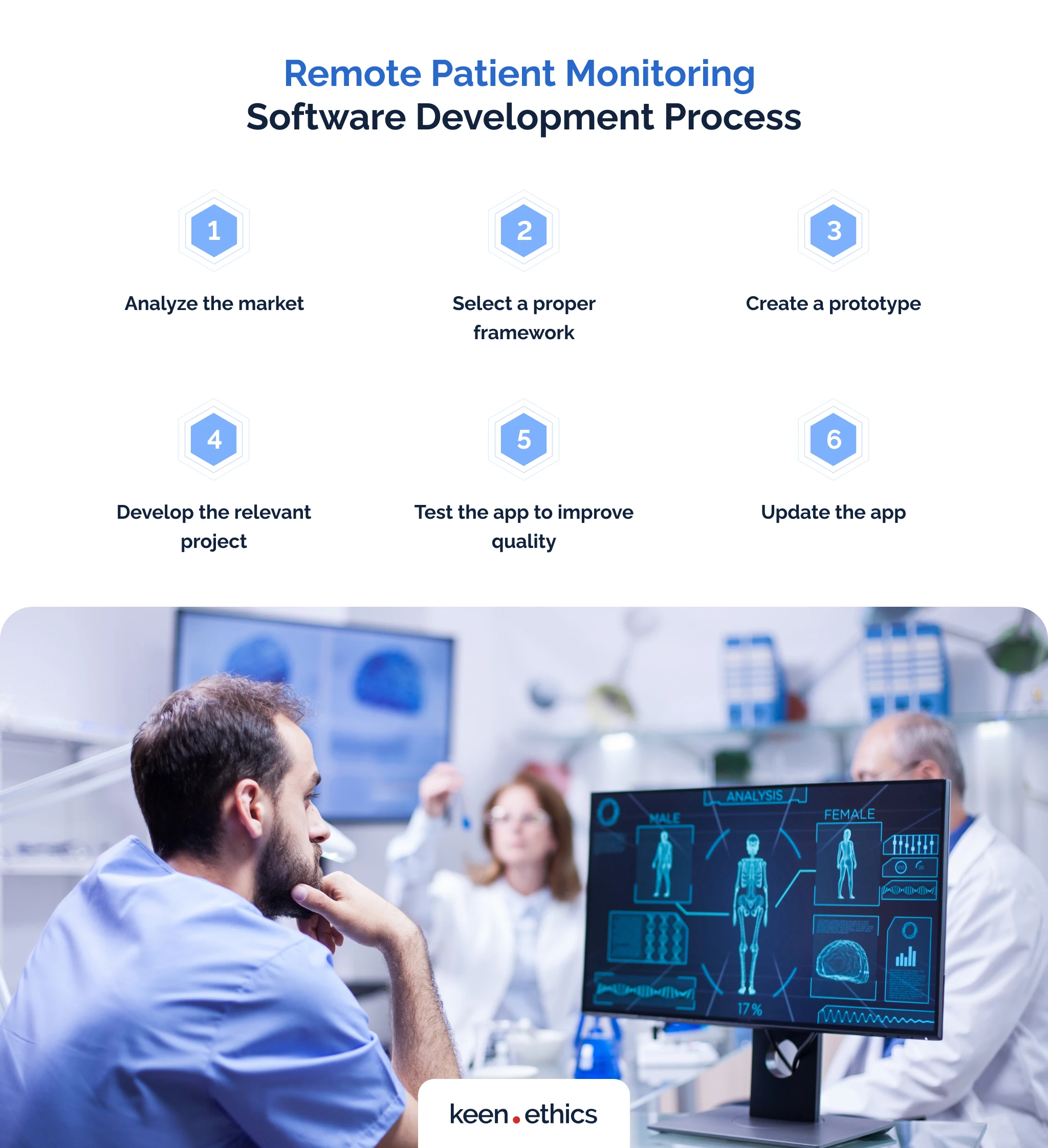Leading Remote Patient Monitoring Platform: Streamline Medical Care Procedures
Leading Remote Patient Monitoring Platform: Streamline Medical Care Procedures
Blog Article
Discover the Power of Remote Client Monitoring Innovation

Advantages of Remote Patient Surveillance
What are the essential benefits of using remote client monitoring technology in healthcare setups? Remote individual tracking innovation provides various advantages that can substantially boost client end results and health care performance.
Additionally, remote person surveillance improves client involvement and empowers people to take an active function in handling their wellness. Clients can get customized comments, education and learning, and assistance based upon their certain wellness data, bring about much better adherence to therapy strategies and boosted general wellness.

Exactly How Remote Monitoring Functions
Remote tracking technology in healthcare entails making use of digital devices to track and gather patient data remotely. These gadgets, such as wearable sensing units, mobile apps, and linked medical gadgets, continuously check important indications, signs and symptoms, and other wellness signs. The accumulated data is then transferred securely to doctor in real-time or at arranged periods.
The process of remote tracking starts with the arrangement of the surveillance device, which is tailored to the certain health and wellness requirements of the client. Clients are generally instructed on how to utilize the tools appropriately and are led on the frequency of data transmission. As the tools track numerous wellness metrics, they produce beneficial insights that help medical care specialists assess the individual's condition, identify any concerning trends, and make educated choices regarding their treatment strategy.
Remote surveillance modern technology operates via safe and secure data networks and cloud-based systems, making sure the discretion and stability of patient information. This smooth flow of information enables timely interventions, customized treatment, and boosted health and wellness results for patients, especially those with chronic conditions or seeking routine surveillance.
Improving Client Engagement
Offered the fundamental role that remote tracking innovation plays in healthcare, boosting patient involvement is critical to enhancing the advantages of this cutting-edge strategy to care. By proactively entailing people in their own wellness management, remote individual surveillance fosters a sense of empowerment and obligation.
Moreover, remote individual surveillance promotes routine interaction in between people and healthcare groups, enabling timely treatments and customized care strategies. Engaging people through see here academic resources, customized comments, and interactive devices further encourages them to follow treatment methods and embrace healthier way of life choices. Eventually, by advertising patient involvement, remote tracking technology improves the quality of treatment, boosts wellness end results, and enhances the patient-provider partnership in a dynamic and patient-centered fashion.
Enhancing Medical Care Performance
Effective medical care distribution rests on the seamless assimilation of remote person surveillance technology with existing treatment systems and workflows. By including remote client tracking tools, medical care companies can simplify procedures, maximize resource allocation, and improve general efficiency in delivering treatment.
One secret element where remote individual tracking modern technology improves performance is in lowering unneeded healthcare facility gos to. With real-time surveillance of client vitals and signs from their homes, doctor can intervene proactively, avoiding complications and minimizing the problem on emergency situation departments. Furthermore, remote surveillance enables early discovery of health and wellness degeneration, enabling timely interventions and preventing healthcare facility readmissions.
Additionally, remote client tracking technology enables continuous information collection, causing more targeted and individualized care plans. This data-driven technique helps medical care experts make notified decisions, prioritize high-risk people, and assign resources efficiently. By integrating remote tracking modern technology into existing medical care systems, companies can enhance patient outcomes, boost functional performance, and eventually, supply greater quality treatment.
Future Trends in Remote Tracking

An additional essential fad is the growth of wearable devices and sensing units for constant health and wellness surveillance. Wearables like smartwatches, physical fitness trackers, and medical-grade devices can track important signs, task levels, and drug adherence, providing an extensive image of a patient's health and wellness outside traditional scientific setups.
Moreover, the adoption of telehealth services is predicted to increase, facilitating remote assessments, surveillance, and follow-ups. Telehealth not just improves accessibility to care for patients in remote locations but likewise reduces healthcare prices and improves total client results. As these patterns proceed to advance, remote patient surveillance is readied to play a pivotal function in the future of healthcare shipment, promoting proactive, tailored, and reliable individual treatment.
Conclusion
In final thought, remote person go to the website surveillance modern technology provides numerous advantages such as better patient involvement, improved medical care effectiveness, and potential for future fads in medical care. This innovation allows for continual monitoring of individuals outside of typical check here health care settings, resulting in better health results and lowered healthcare expenses - remote patient monitoring platform. As remote tracking remains to evolve, it has the prospective to change the means healthcare is delivered and boost the total high quality of person treatment
Remote person surveillance innovation provides various advantages that can substantially improve person results and healthcare efficiency. By actively including patients in their very own health monitoring, remote individual monitoring promotes a sense of empowerment and responsibility.In addition, remote individual monitoring helps with routine interaction between patients and healthcare groups, enabling for prompt treatments and customized care strategies. As these trends continue to progress, remote individual surveillance is set to play a critical role in the future of health care distribution, promoting positive, individualized, and efficient patient treatment.
In final thought, remote individual monitoring technology uses countless benefits such as better person engagement, improved healthcare effectiveness, and potential for future trends in health care.
Report this page